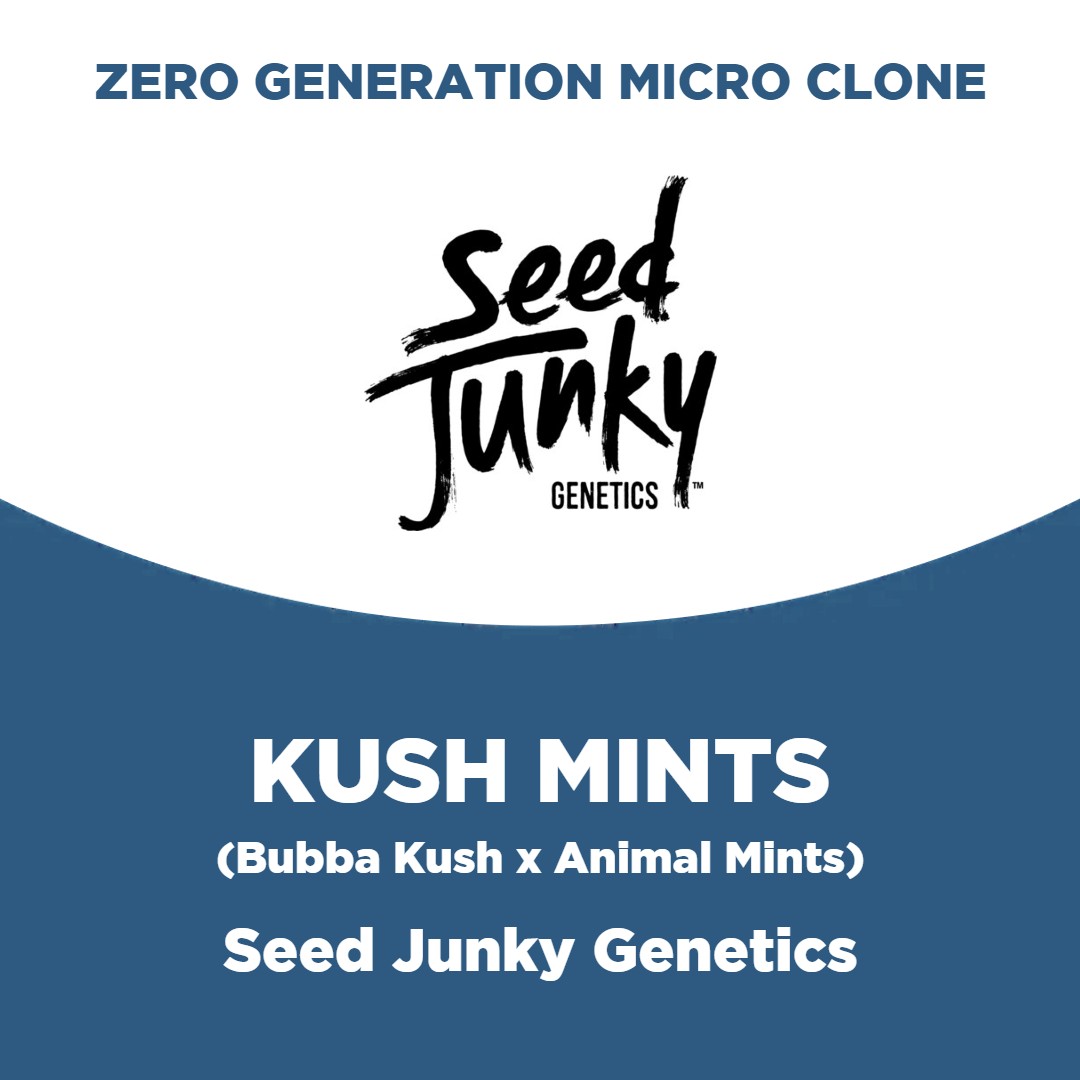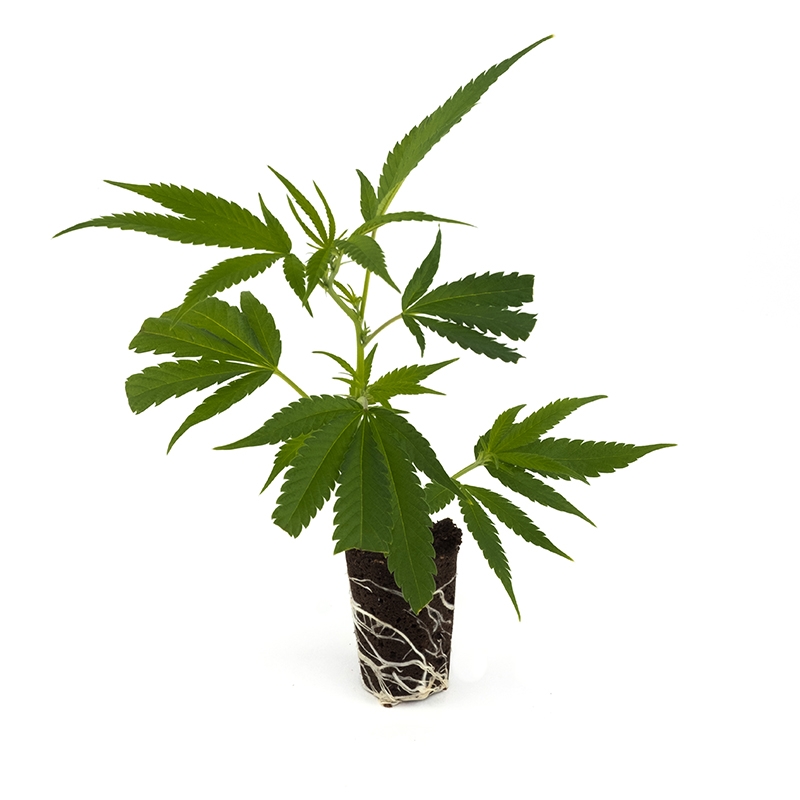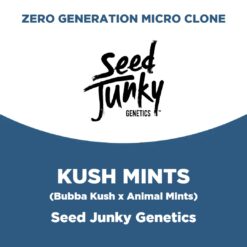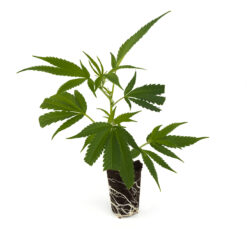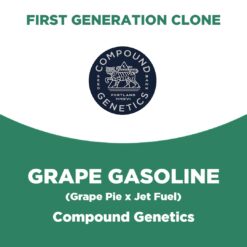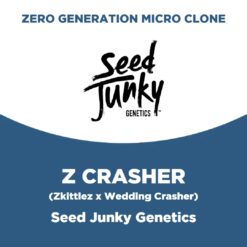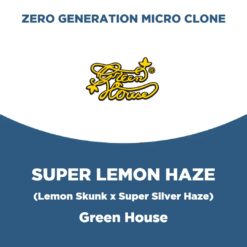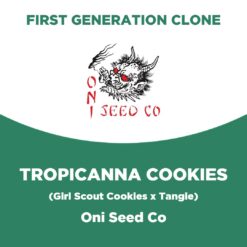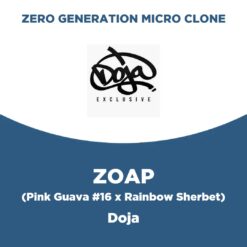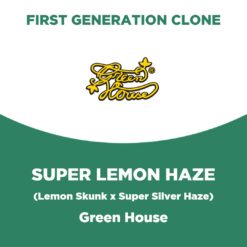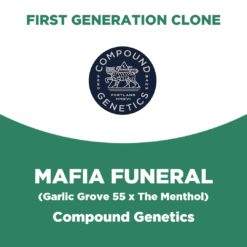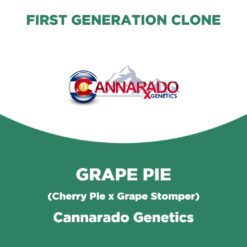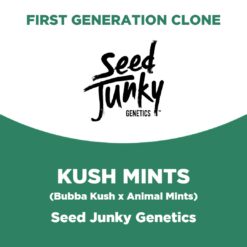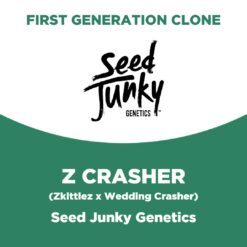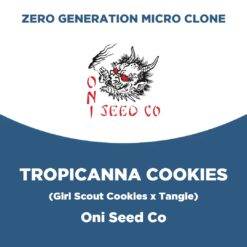Kush Mints | Seed Junky Genetics | Zero Generation Micro Clone
From €25,00 iva inclusa
Kush Mints | Seed Junky Genetics | Zero Generation Micro Clone
Kush Mints emerged rather quietly onto the cannabis scene. Breeders at Seed Junky Genetics brought this cultivar into being, and she’s slowly cemented a name for herself in the good old-fashioned grassroots style. You’d be hard-pressed to find any major awards attributed to this strain. However, a lack of cannabis cups and other trophies doesn’t discount the quality of this variety.
Rather than exploding onto dispensary and coffeeshop menus following a prestigious competition win or large marketing campaign, Kush Mints managed to establish herself through word of mouth and slowly spread from grow room to grow room.
Characteristic:
- Indica / Sativa: 85%-15%
- Days: 55/63
- Cross: Bubba Kush x Animal Mints
Attention: the availability of our clones is subject to variations during the year, to be guided in your purchase write to us at info@greencountry.biz before confirming the order, we will send you the updated list with the available genetics. Thank you!
Kush Mints | Seed Junky Genetics | Zero Generation Micro Clone
The former strain, also known as Bubba and Bubba OG Kush, serves up a quintessential physical stone. As the progeny of OG Kush and Northern Lights, you can expect an eye-reddening experience when you smoke these flowers. Overall, Bubba Kush provides a sleepy and relaxing high paired with moreish flavors of coffee and earthiness.
Bubba Kush certainly brought a stoning element to the equation. In an attempt to balance out this effect, Kush Mint’s breeders decided to add Animal Mints to the blend. Although this hybrid imparts somewhat of a body high, her cognitive effects are far more noticeable. A THC content of 16% and CBG levels of 1% converge with minty terpenes to deliver a cerebral and creative experience, making this strain a good option when waking and baking.
Kush Mints features an equal balance of indica and sativa genetics. However, her indica side definitely shines through when it comes to her size, shape, and structure. In line with quintessential indica morphology, she grows to a medium height and exhibits bushy lateral growth. Her thick-fingered fan leaves quickly cast shade over the core of the canopy during the vegetative phase, making training a good choice early on. In regard to her buds, Kush Mints produces dense and resinous colas that are compact and highly aromatic.
Growing Kush Mints is usually a fairly streamlined process, especially considering the strain is only available as a cutting. To get off to the best start with Kush Mints, you’ll need to care for the cuttings appropriately. Bioinoculants such as mycorrhizal fungi and Trichoderma can help to get plants established and reduce the chances of disease.
As mentioned, Kush Mints exhibits an indica morphology. Plants maintain a medium height throughout the entire growing phase and rarely exceed 150cm. The need to train Kush Mint depends largely on the dimensions of the growing space and the demands of the cultivator. If you’re struggling for space indoors, apply LST and topping early on to limit her final height to 100cm. Indoor growers also benefit from oscillating fans during the flowering phase, as this will help to keep the canopy aerated and free from mold.
If you have more room to play with, or are growing in the great outdoors, let her develop a large central cola and grow taller. Here, she will flourish in all sorts of climates and will likely return the best results. Kush Mints provides what’s best described as a medium yield. She doesn’t produce the massive harvests associated with towering sativa strains, nor the minor returns of small autoflowering strains.
Considering she’s only available as a clone, the original Kush Mints from Seed Junky isn’t easy to come across. However, numerous other seed banks have created their own take on Kush Mints, which are available in seed form, making growing this variety much more accessible. Whether you get your hands on the original or not, you can gear up for a hard-hitting, aromatic experience with Kush Mints.
What To Do When You Receive Your Clones of Kush Mints?
1. TRANSPLANT
We highly recommend transplanting into the soil or medium that suits your system as soon as you receive your clones. If necessary, they can remain in their “Blisters” for a day or two without allowing the Rockwool/RootRiot to dry out.
We recommend transplanting clones into a 1.5-2 liter pot so that they can form a solid root and sturdier plant structure before being placed in their final pot. Immediately transplanting them into a pot that is too large can cause root rot to develop and slow or hinder the growth of your plant. This will help harden them off and establish themselves before they are transplanted into their final pot.
2. ACCLIMATATION
Acclimating clones to their new environmental conditions is essential to growing a healthy plant and having a successful cycle. While at the nursery, the clones are kept under a 24-hour light cycle. We recommend keeping them on at least an 18/6 light cycle (18 hours light and 6 hours dark) after receiving them. While in the cloning facility, they are kept at 21-24 degrees Celsius and a relative humidity of 69-75%. A slight decrease in temperature and humidity can be accomplished within a week to allow your clones to adapt to your grow room environment.
Acclimating clones to non-direct light is essential to avoid stress. Full intensity of sun or lamps can damage a younger clone/plant, so you will need to decrease the light intensity. The best way to do this is to use a greenhouse, physically move them in and out of the structure, or place shade netting (30-40%) over them for this adjustment period. The acclimation phase should only take a week or two and should be enough time to remove the shade or be moved out of a greenhouse to full light exposure. Maintaining a constant flow of air on your plants will help harden them to the natural conditions found outside and will help make the stems much stronger overall.
3. IRRIGATION AND NUTRITION
Overwatering clones is a very common mistake. It is essential to give your clones a healthy amount of water, but do not oversaturate them by submerging them. A dry-down period is necessary for clones. To determine the moisture content of the soil when the pot is light, squeeze a small handful of medium and observe if water drips. If no water is coming out, it’s a great time to give them a healthy watering without over saturation. This watering method allows the roots to search the pot for water/nutrients creating a sturdy root ball.
If you have some clones that are still showing stress after transplanting up to three days later, you can give them some water again, but you’ll want to make sure the Rockwool/RootRiot itself is moist. Sometimes, even if the soil is moist, the cube will dry out and water must be applied exclusively to the cube. You need to find a good balance between letting the clones dry out without allowing the foliage to show signs of stress. This can cause health problems for your clones.
Clones can be fed every other day a vegetative feed between 1100-1400 PPM depending on how quickly they are assimilating nutrients (NOTE: each strain is different). How often you need to feed them will depend on the type of growth you have (i.e., inorganic, organic, synthetic, hydro, soil, etc.).
FAQ
WHICH GENETICS ARE AVAILABLE?
Genetics marked as “available” are ready to ship on schedule. Genetics listed “not available” can be pre-ordered by sending us a request to info@greencountry.biz and will generally be available in 15/21 days.
WHAT ARE THE SHIPPING AND DELIVERY TIMES?
If the genetics are marked as “available” shipping times can vary from 2 to 5 working days (to ensure that your clones do not remain stuck in courier warehouses, shipments are made by Wednesday of each week).
HOW ARE CLONES SHIPPED?
We ship our clones in special blisters for transporting the plants.
ARE CLONES FEMINIZED?
Yes, all our clones are taken from female mother plants.
HOW BIG ARE THE PLANTS I WILL RECEIVE?
Our clones have a height that varies from 13cm to 25cm.
HOW DO I KNOW THE CLONES ARE PARASITE-FREE?
Our plants are prepared and grown with strictly controlled practices both in the greenhouse and in the laboratory in environments free of plant parasites. We only use chromotropic traps and predatory insects to defend the cultivation spaces.
WHAT IS THE “RECIPE” THAT MAKES THE CLONES HIGHER LEVEL?
Mother plants are constantly regenerated through tissue culture so you always have fresh clones at peak vigor. Once the clones have been taken from the mother plants, they are left to root in a peat/coconut mixture, supplemented with a mixture containing natural plant hormones, basic micro/macronutrients and vitamins.
DOES TISSUE CULTURE ELIMINATE “GENETIC DRIFT”?
Genetic drift, also known as clonal degradation, is a phenomenon typically caused by a variety of factors that can include poor cultivation practices, stress due to abiotic factors (light, heat, fertigation), or biotic factors such as parasites and microbes. Since tissue culture restores the youthful state of the old, tired mother plant and completely removes parasites and pathogens, clonal degradation becomes highly unlikely.
Prodotti correlati
First Generation Clones
First Generation Clones
Apples and Bananas | Compound Genetics | First Generation Clone
Talee / Cloni
First Generation Clones
Talee / Cloni
First Generation Clones
East Coast Sour Diesel | Dr. Greenthumb | First Generation Clone
First Generation Clones
Super Lemon Haze | Green House Seeds | First Generation Clone
First Generation Clones
First Generation Clones
Talee / Cloni
Talee / Cloni
First Generation Clones
First Generation Clones
First Generation Clones
First Generation Clones
First Generation Clones
First Generation Clones

